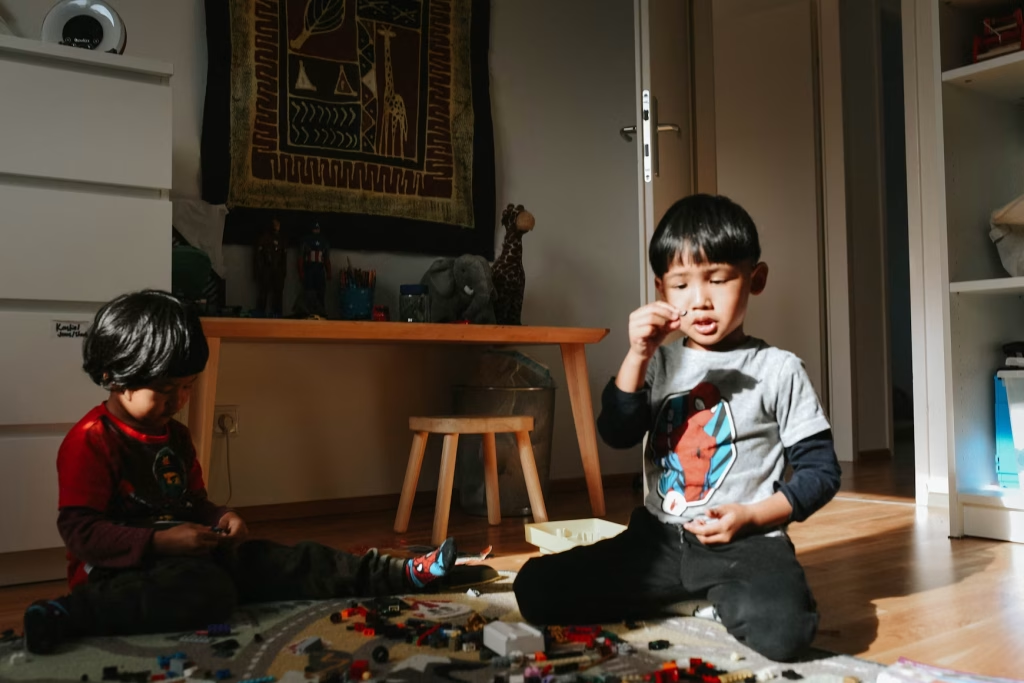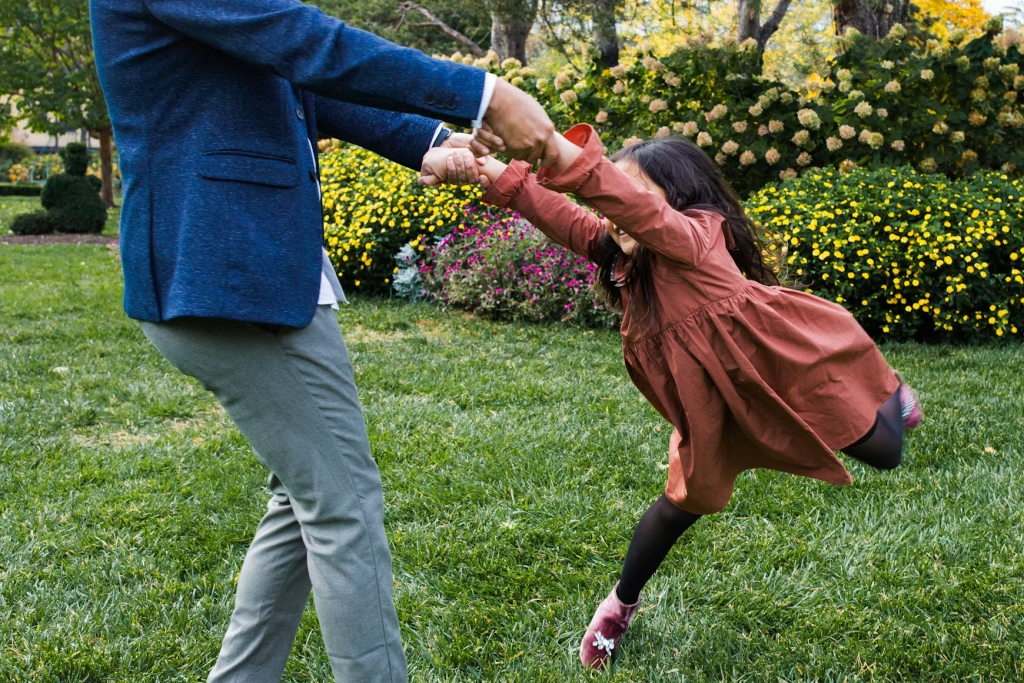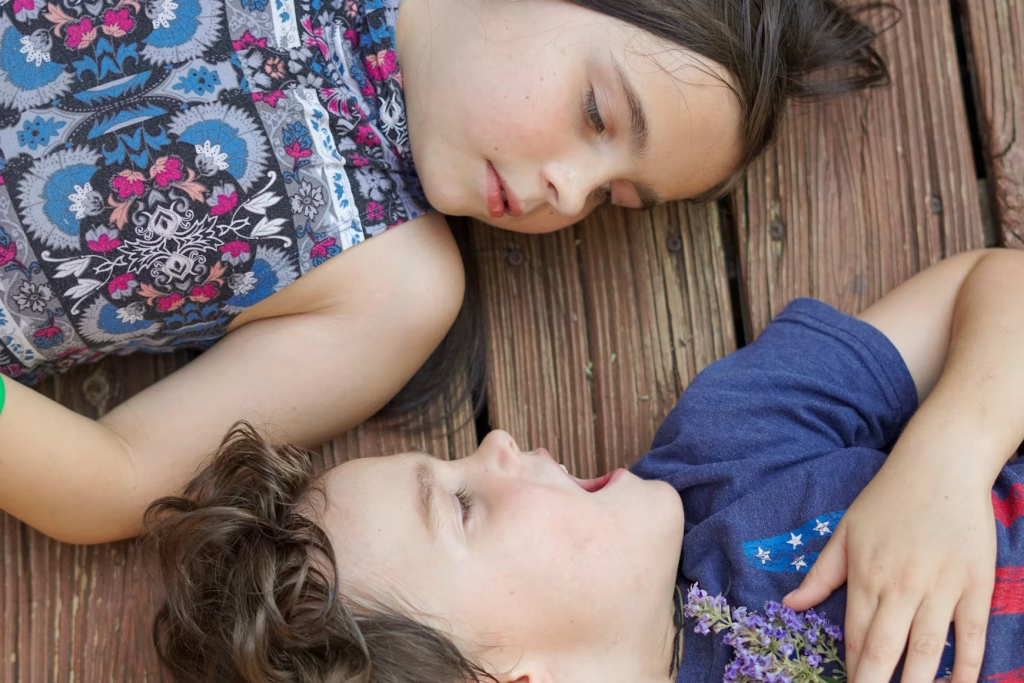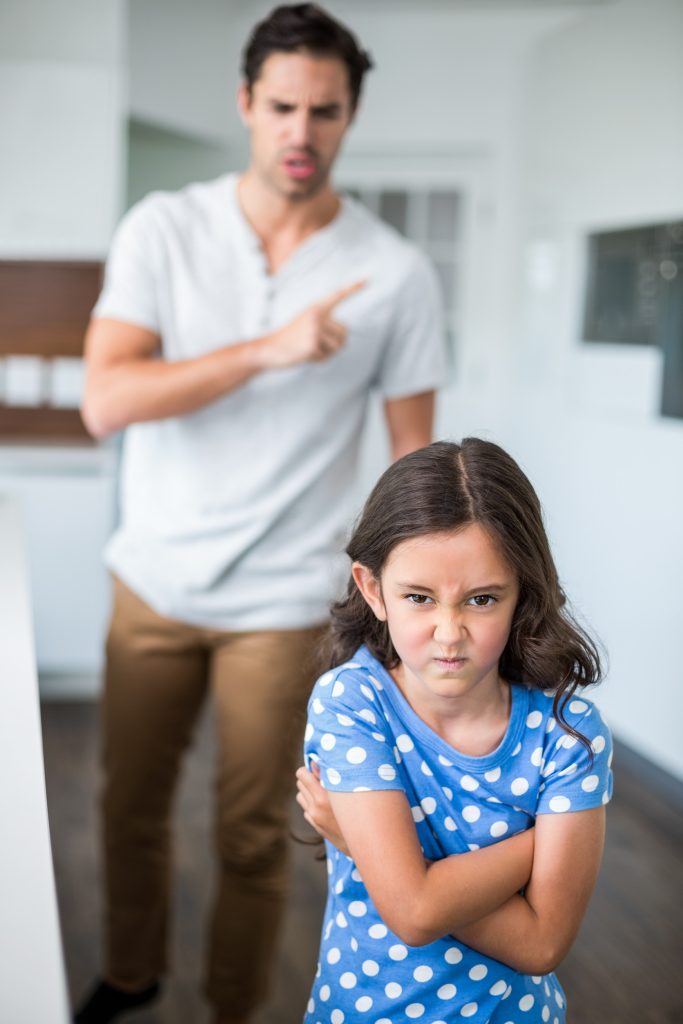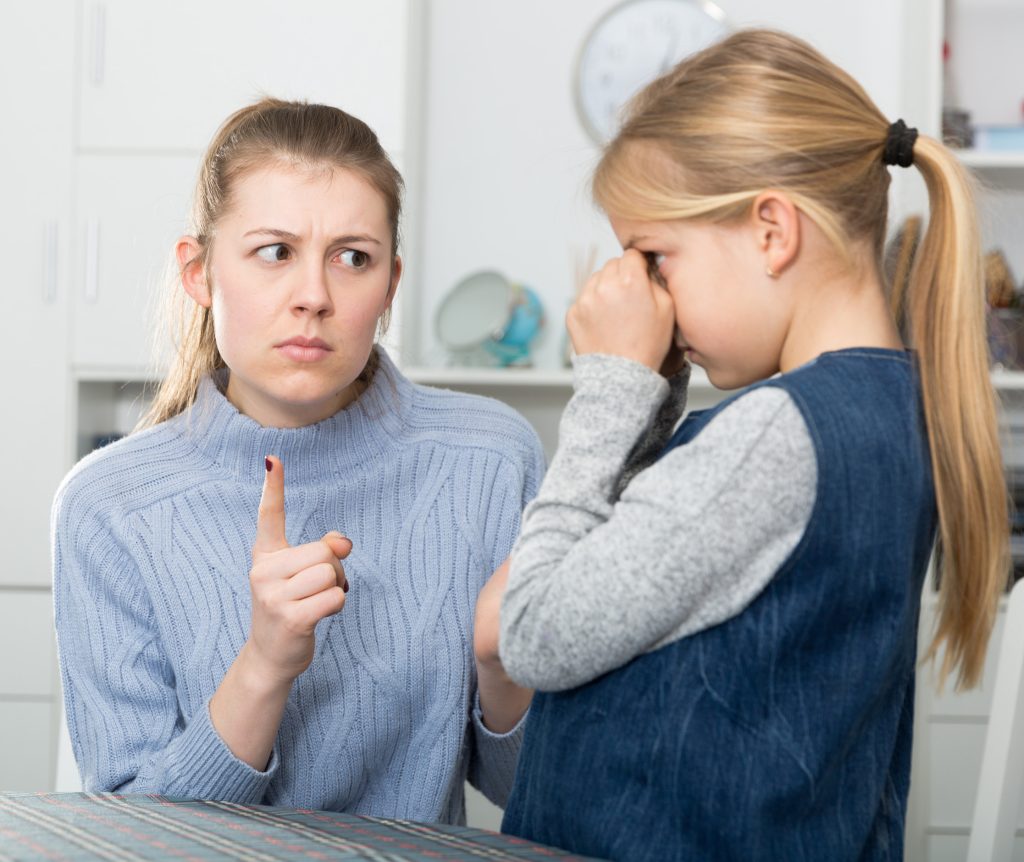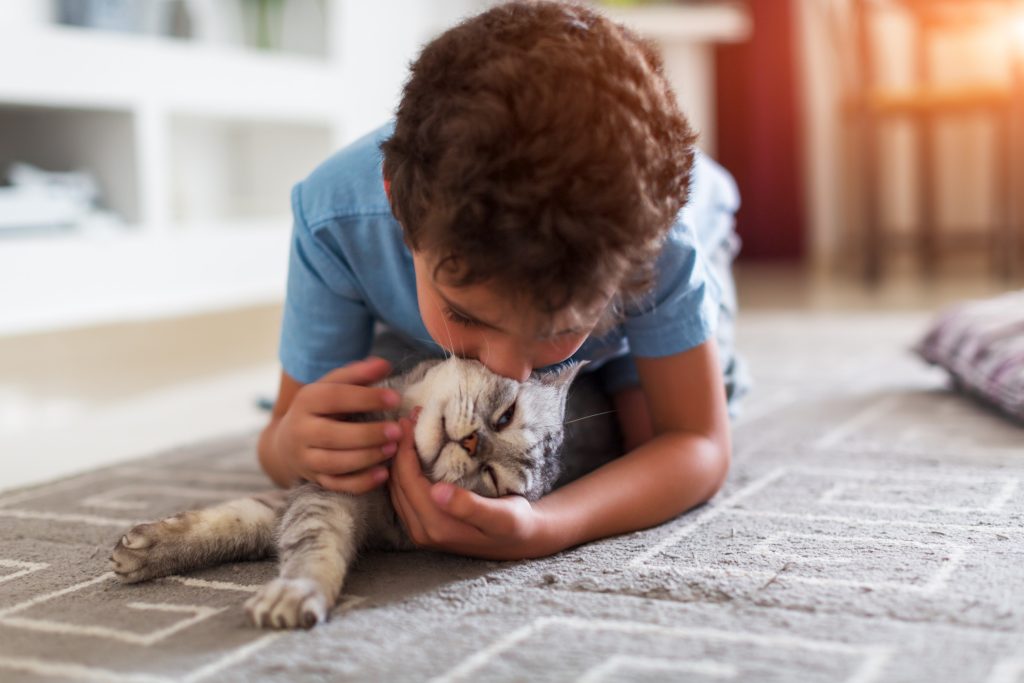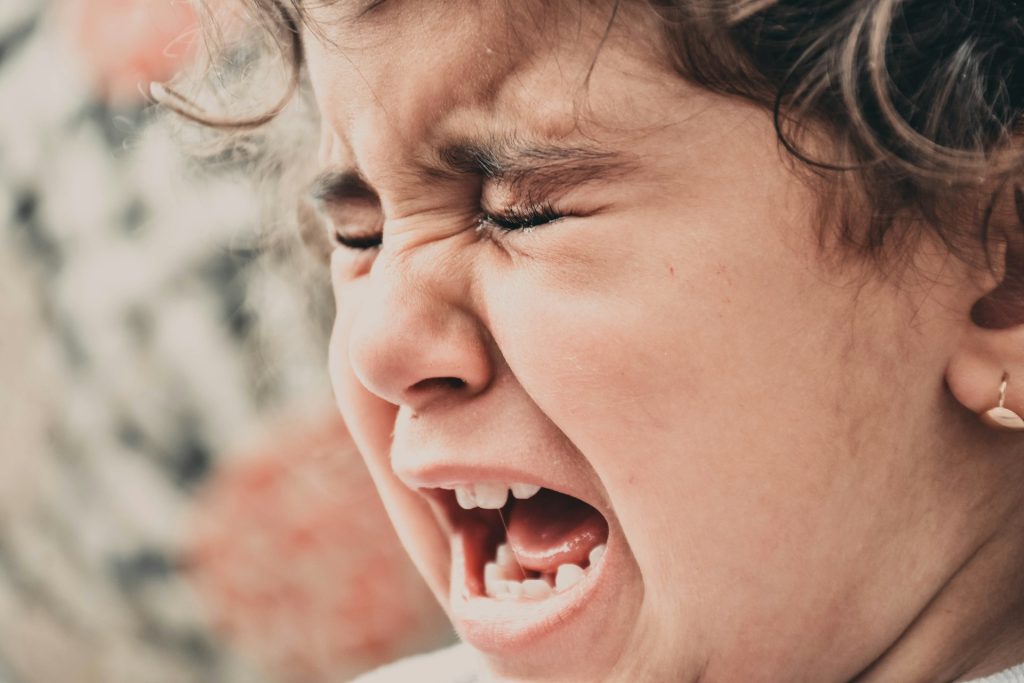
We’ve all been there. Your child is mid-meltdown, emotions are high, and you’re searching for a way to regain calm and control. For many of us, time-outs feel like a go-to solution—removing a child from the chaos in hopes they’ll “cool down” and reflect.
But as more parents turn toward emotionally supportive and connection-based discipline, many are rethinking the classic time-out. So, is time-out really the best strategy—or could it be doing more harm than good?
Let’s explore why time-outs might be emotionally damaging, and more importantly, what you can do instead.
Why Time-Outs Can Miss the Bigger Emotional Picture
At first glance, time-outs seem harmless enough. They promise structure, calm, and a teaching moment—but that’s not always what children experience. In fact, time-outs can unintentionally tell kids that emotions like anger, sadness, or frustration should be hidden away.
Instead of learning how to sit with hard feelings and move through them, children may internalize the belief that difficult emotions mean disconnection. As Zero to Three notes, it’s crucial that discipline methods help children understand and manage their emotions rather than ignore them.
Emotional Skills Need Practice, Not Punishment
Children aren’t born knowing how to manage big feelings—they need gentle, consistent practice. During time-outs, a child is often left alone to “figure it out,” missing a critical opportunity to learn emotional regulation with a caregiver’s help.
Imagine being upset and told to sit by yourself without comfort. That isolation can feel confusing or even frightening for young children. Instead of offering clarity or support, the time-out can become its own reason for distress—derailing the actual lesson parents hope to teach.
The Power of Time-Ins to Build Connection
What if, instead of sending kids away, we brought them closer in times of struggle? That’s the heart of a “time-in.” A time-in means sitting with your child, acknowledging what they’re feeling, and helping them find calm—together. It encourages emotional validation and guides children to understand their reactions in a nurturing space. According to the Child Mind Institute, time-ins can be a more nurturing alternative by fostering connection and empathy when your child needs it most.
Create a Positive Calm-Down Space to Replace “The Naughty Chair”
Not every calming moment needs to happen in your arms. Some kids benefit from a dedicated “calm corner”—a comfy, quiet space with soft blankets, sensory toys, or drawing supplies. The key is allowing the child to choose this space rather than forcing it as a consequence. When children take that initiative, they learn to recognize when they need a break and how to soothe themselves. These types of positive time-outs teach kids that regulating their emotions isn’t about punishment—it’s about care and self-awareness.
Gentle Alternatives That Actually Work
Looking for simple tools that prevent or ease emotional outbursts without isolating your child? There are several gentle, effective alternatives to time-outs worth trying. Encourage drawing or coloring to help express feelings that words can’t capture just yet. Offer a “redo” or second chance, which not only models forgiveness but also reinforces better behavior through practice—not shame.
As suggested by parenting experts, these time-out alternatives promote emotional intelligence and help kids feel safe enough to grow from mistakes.

Moving from Control to Connection
Discipline doesn’t need to feel like a power struggle. When we shift our mindset from controlling behavior to building understanding, discipline becomes an opportunity for growth—not just correction. It helps to remember that kids often act out because they lack the skills to express or manage their feelings.
By choosing alternatives to time-outs that are rooted in connection, you’re helping your child develop lifelong emotional resilience. You’re not just reacting to a problem—you’re guiding them through it.
Switching Strategies Starts With Compassion—For Them and For You
Letting go of time-outs may feel daunting, especially if it’s something you were raised with or have used for years. Change doesn’t have to happen overnight. Try one new alternative this week and notice how your child responds. Most importantly, remember that you’re learning too—and that’s okay. Parenting isn’t about perfection; it’s about progress, patience, and the relationships we nurture along the way.
Your Calm Is Contagious—and So Is Connection
If there’s one takeaway, it’s this: kids flourish when discipline is built from connection, not rejection. Time-outs often isolate a child just when they most need support, while time-out alternatives encourage growth, safety, and emotional intelligence. You don’t need to fear emotions—yours or theirs. By showing your child how to face tough feelings with compassion, you’re setting the stage for deeper bonds and stronger coping skills. And that’s a gift they’ll carry into every area of life.
What strategies have helped you connect with your child during tough moments? Share your tips and experiences in the comments below.
Read More:
- From Mean to Queen: 11 Secrets to Being a Happier Calmer Mom
- 6 of the Best Ways to Relax your Body and Mind

Samantha Warren is a holistic marketing strategist with 8+ years of experience partnering with startups, Fortune 500 companies, and everything in between. With an entrepreneurial mindset, she excels at shaping brand narratives through data-driven, creative content. When she’s not working, Samantha loves to travel and draws inspiration from her trips to Thailand, Spain, Costa Rica, and beyond.

